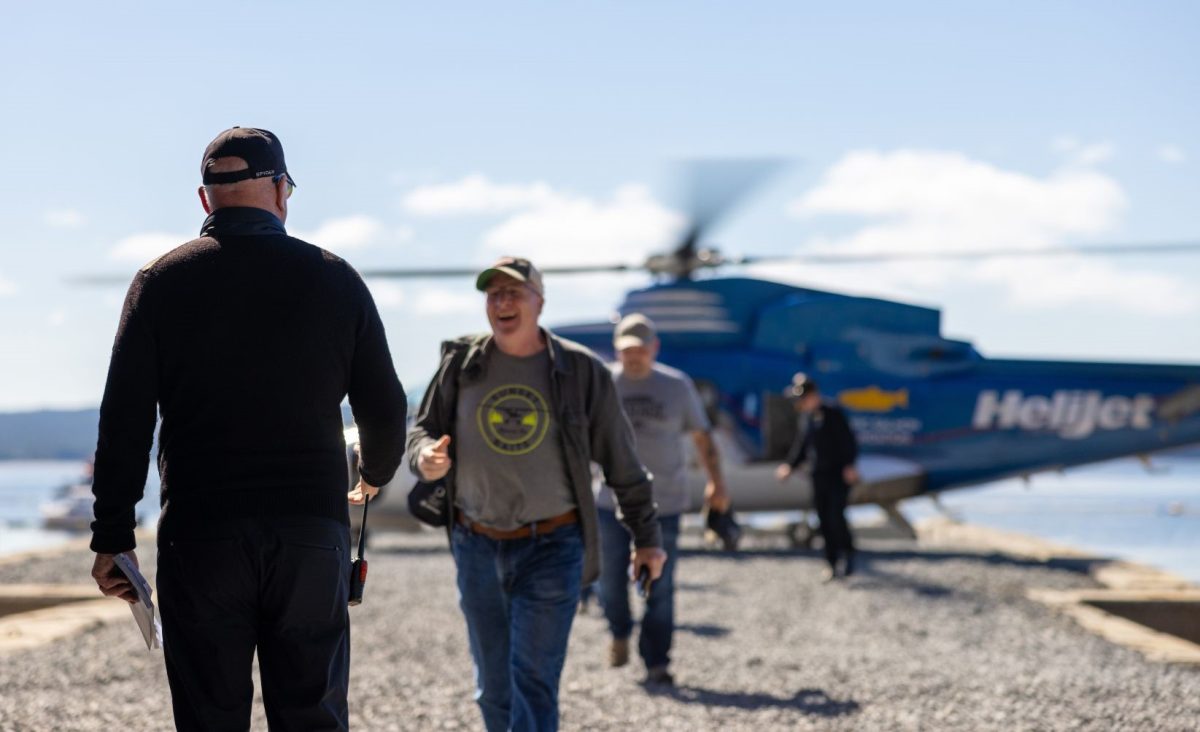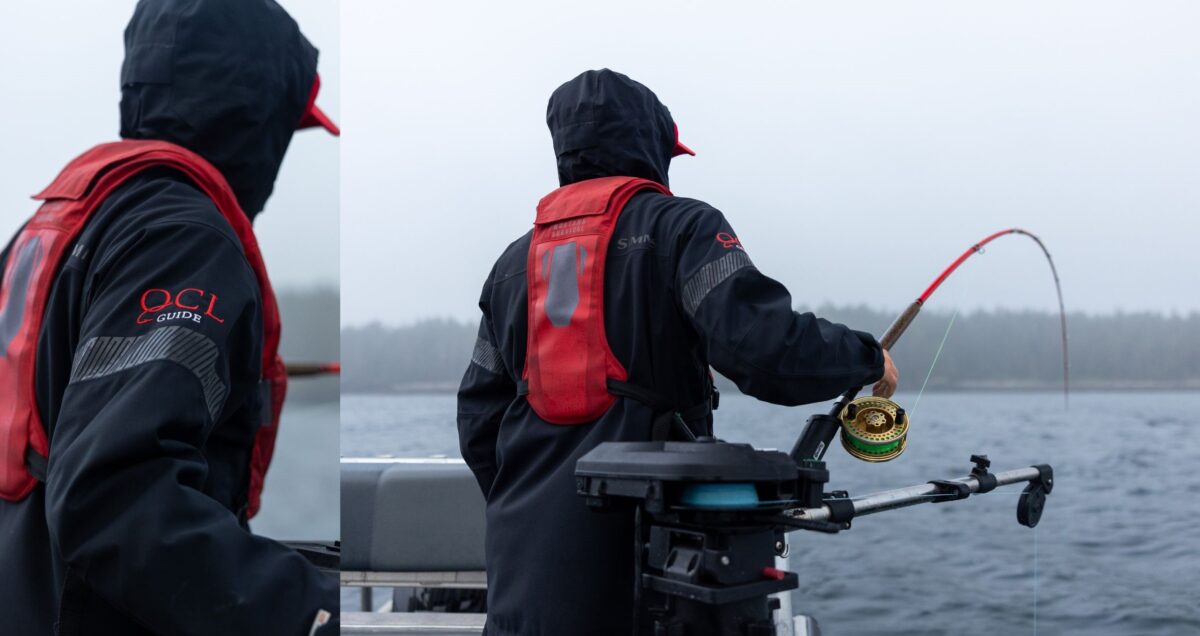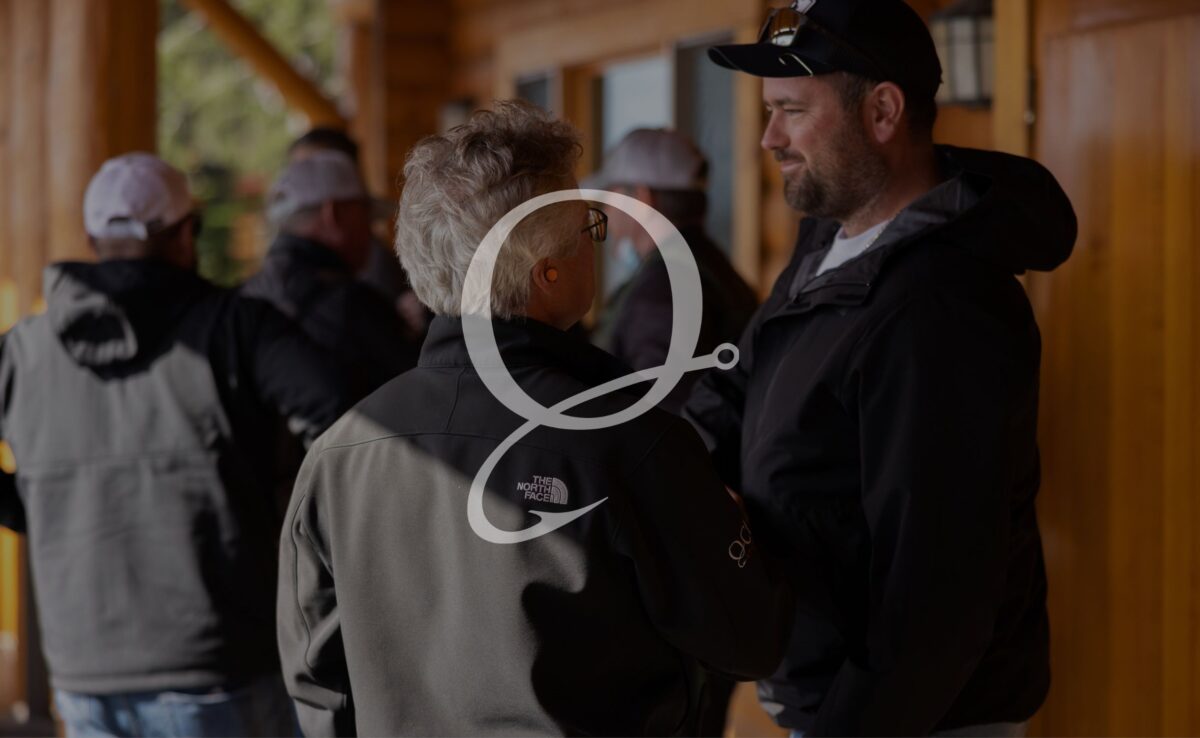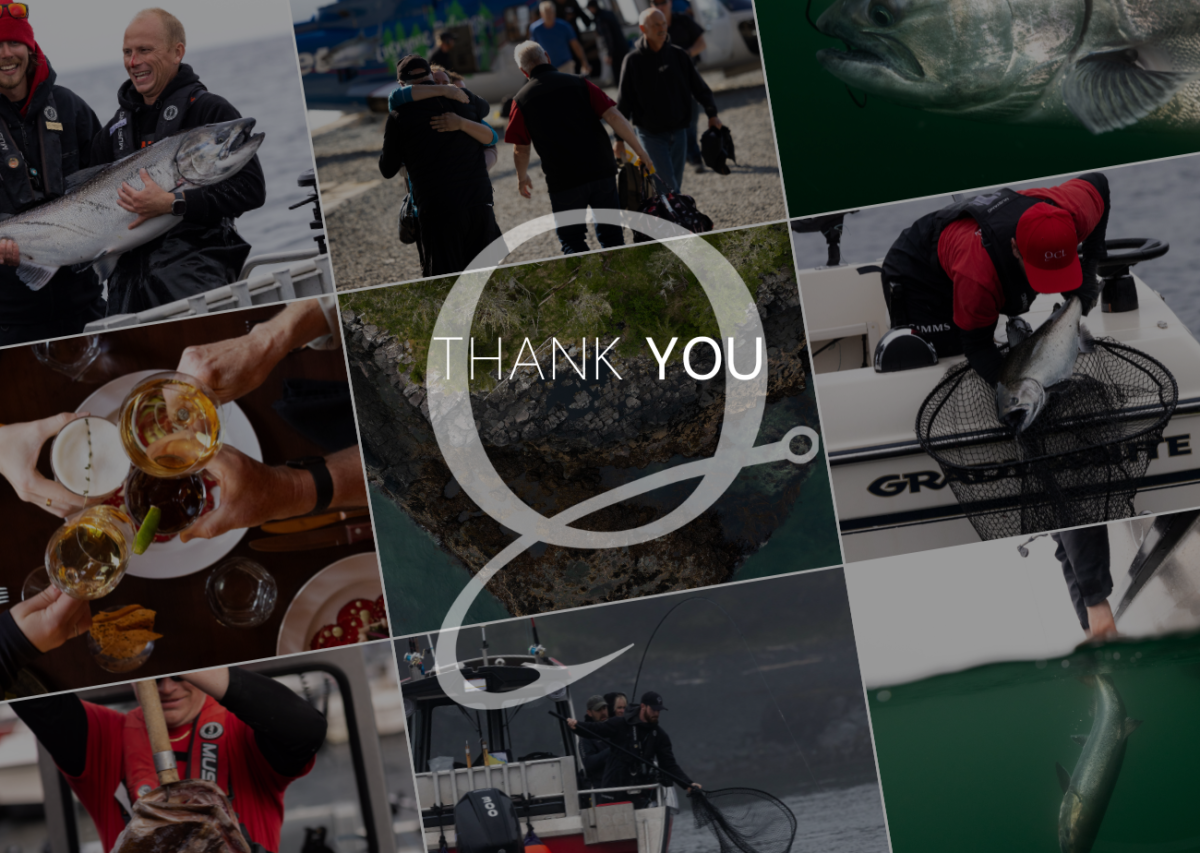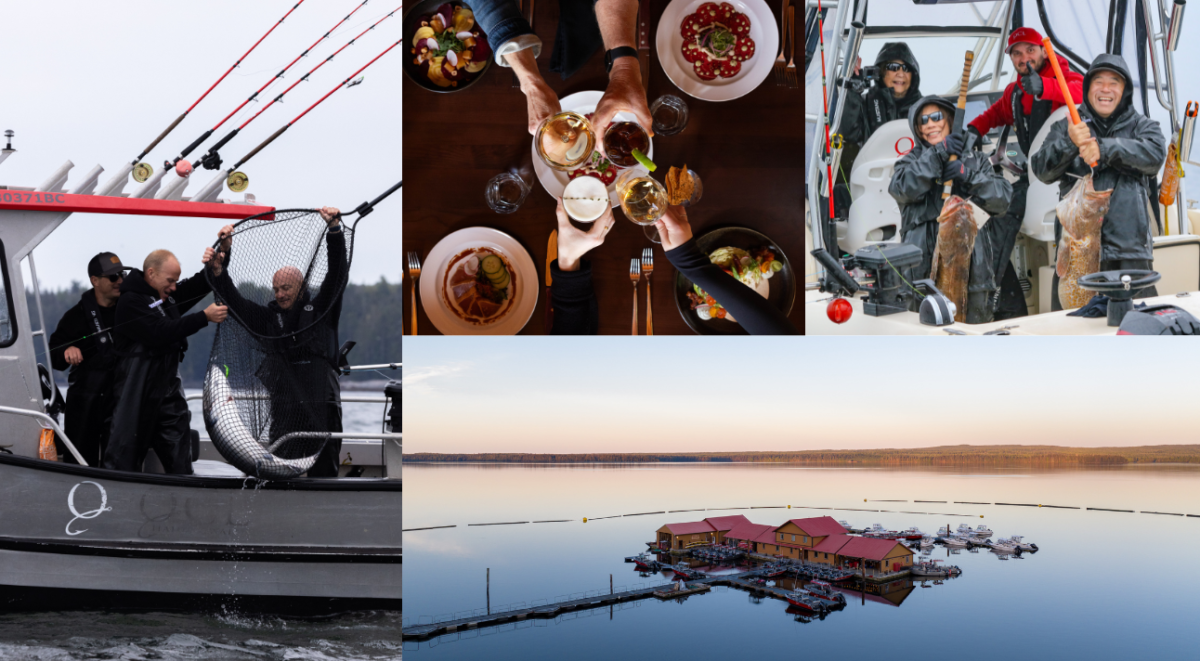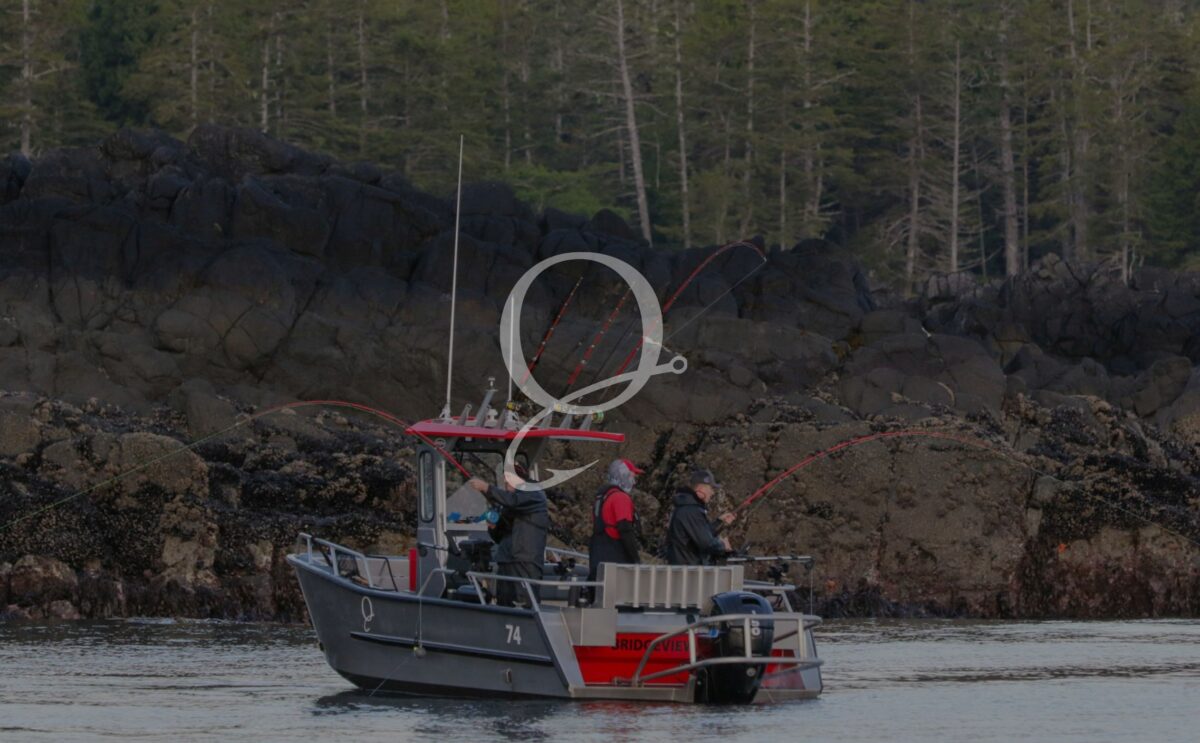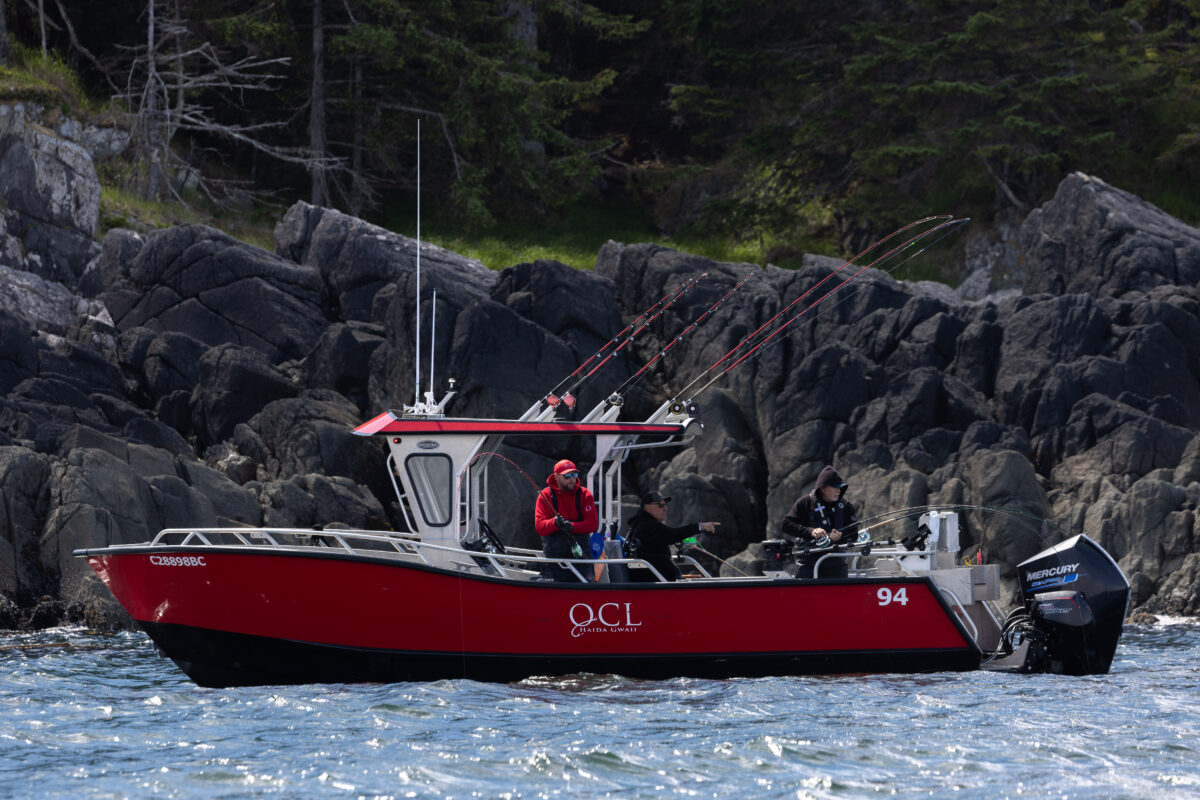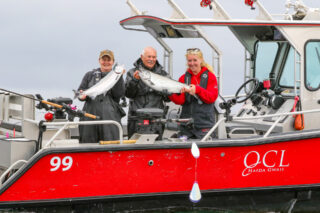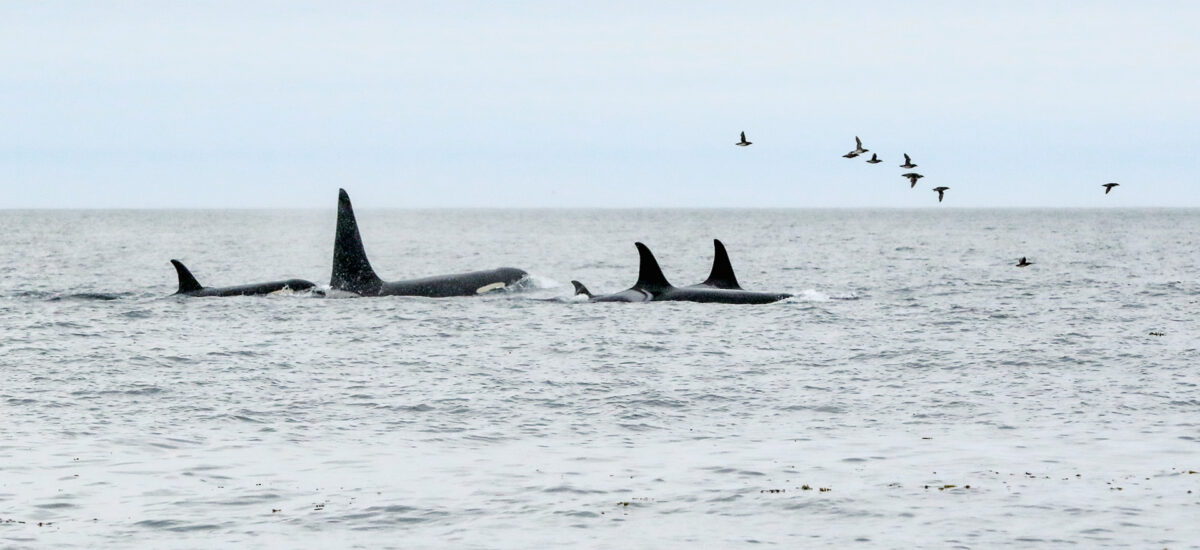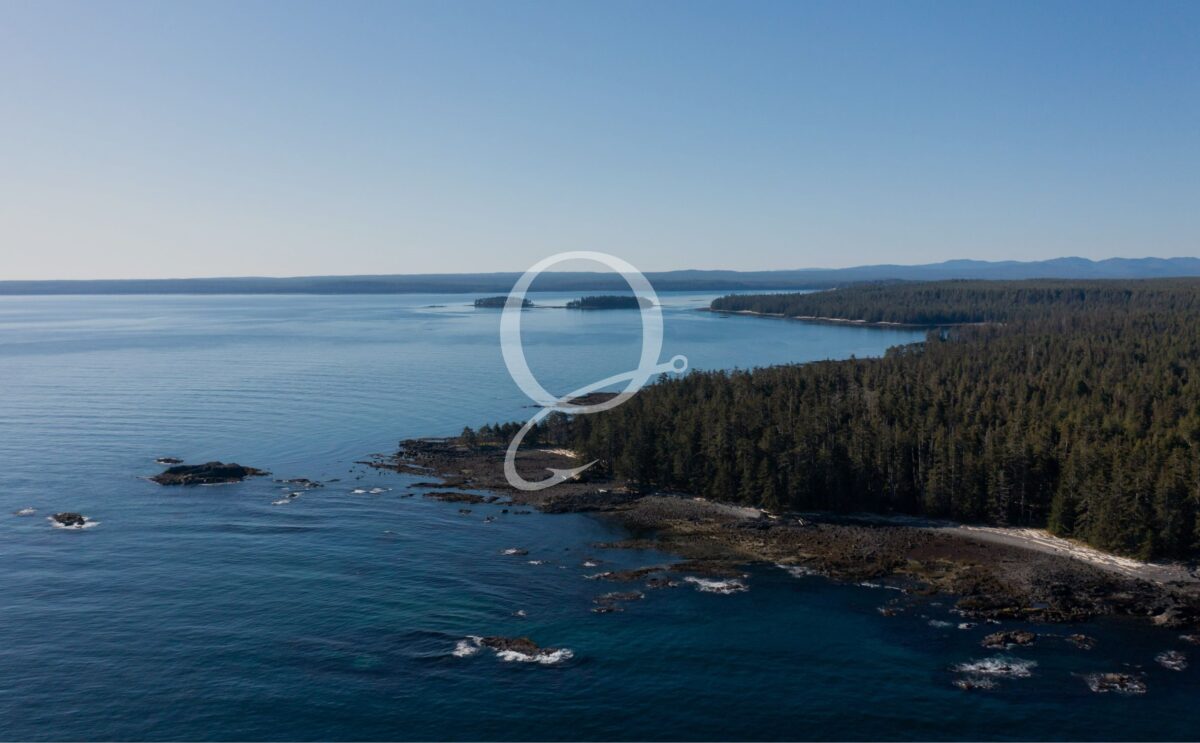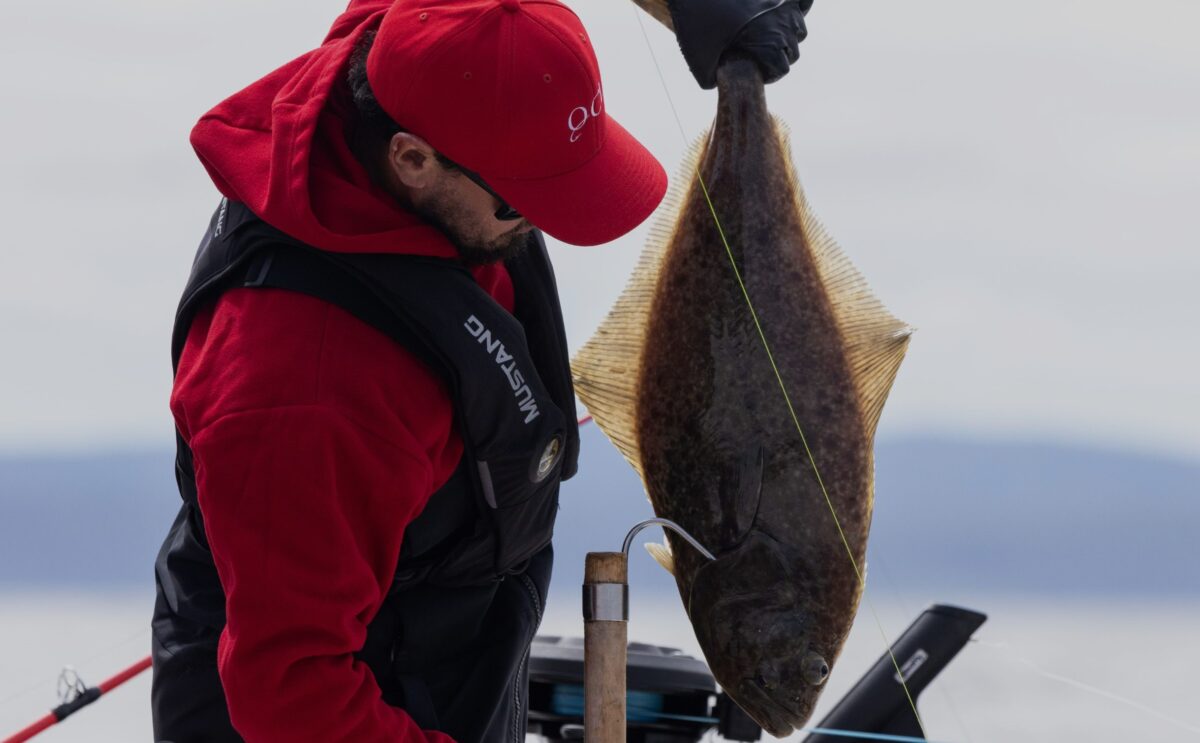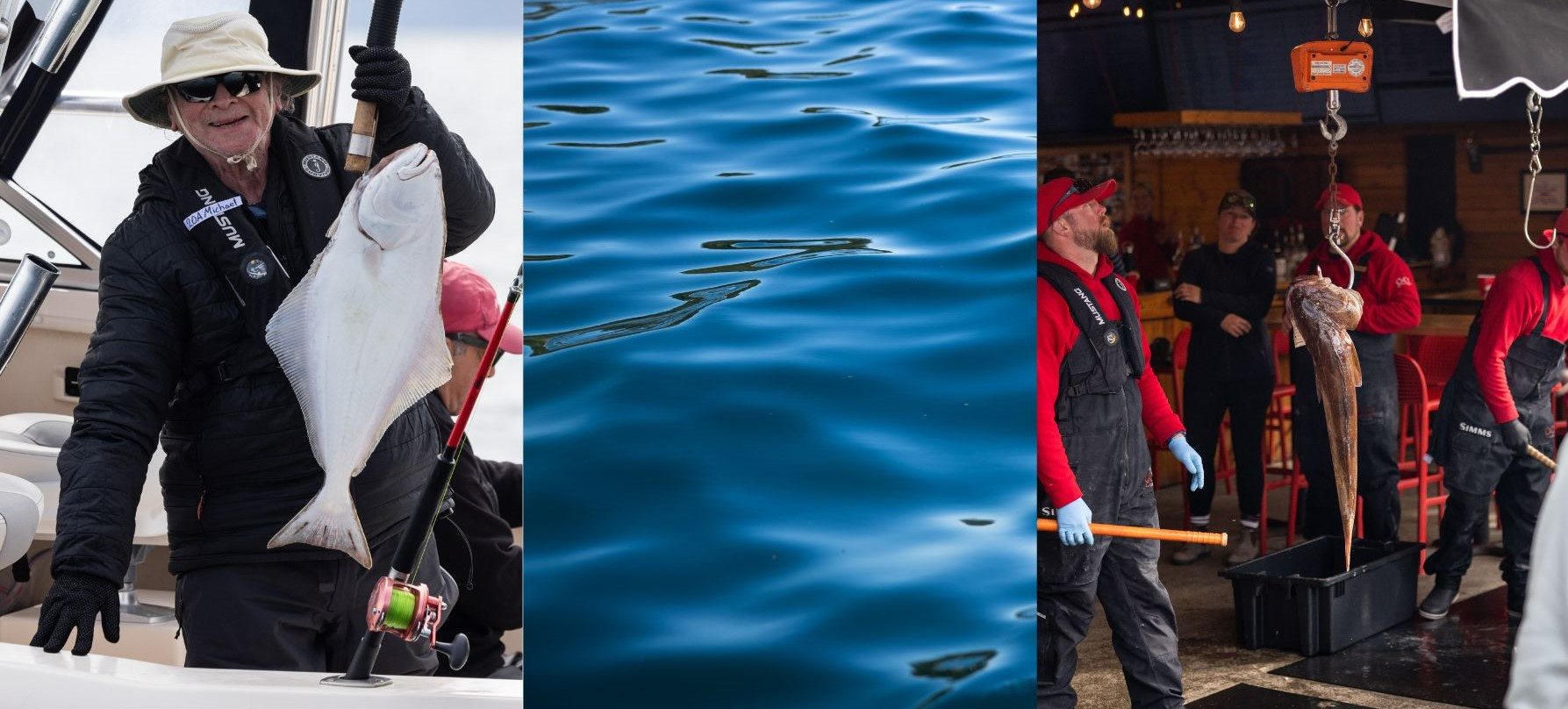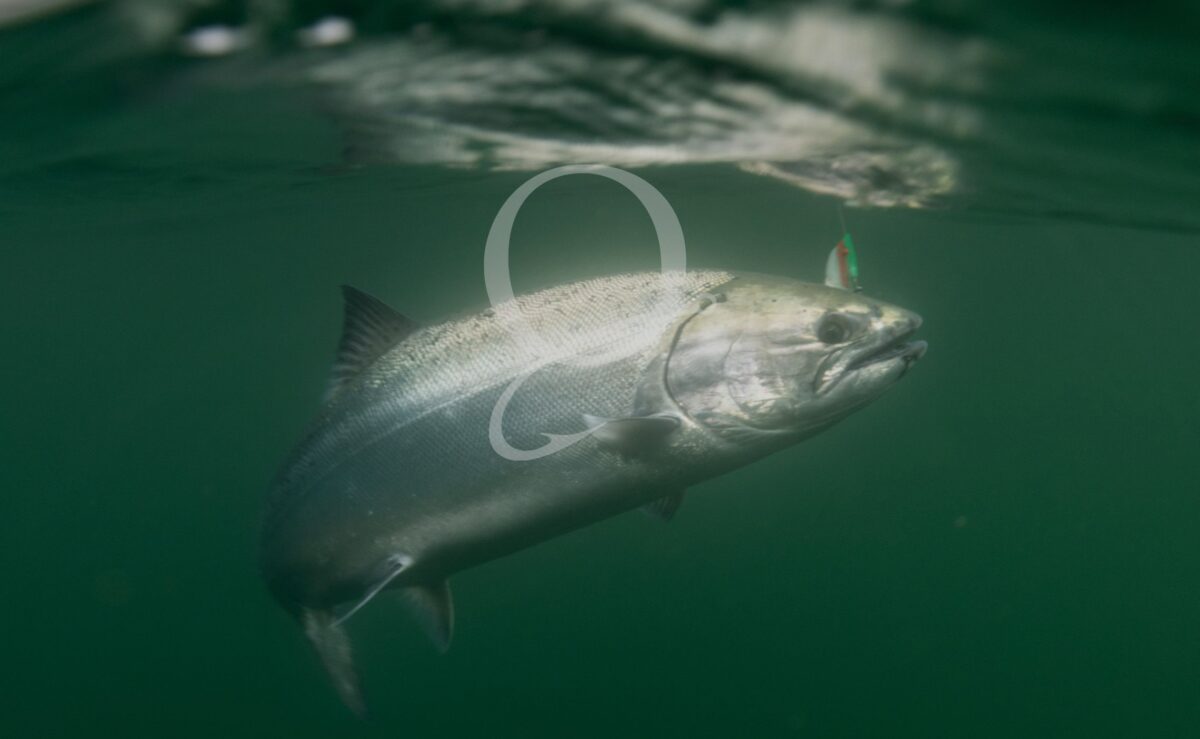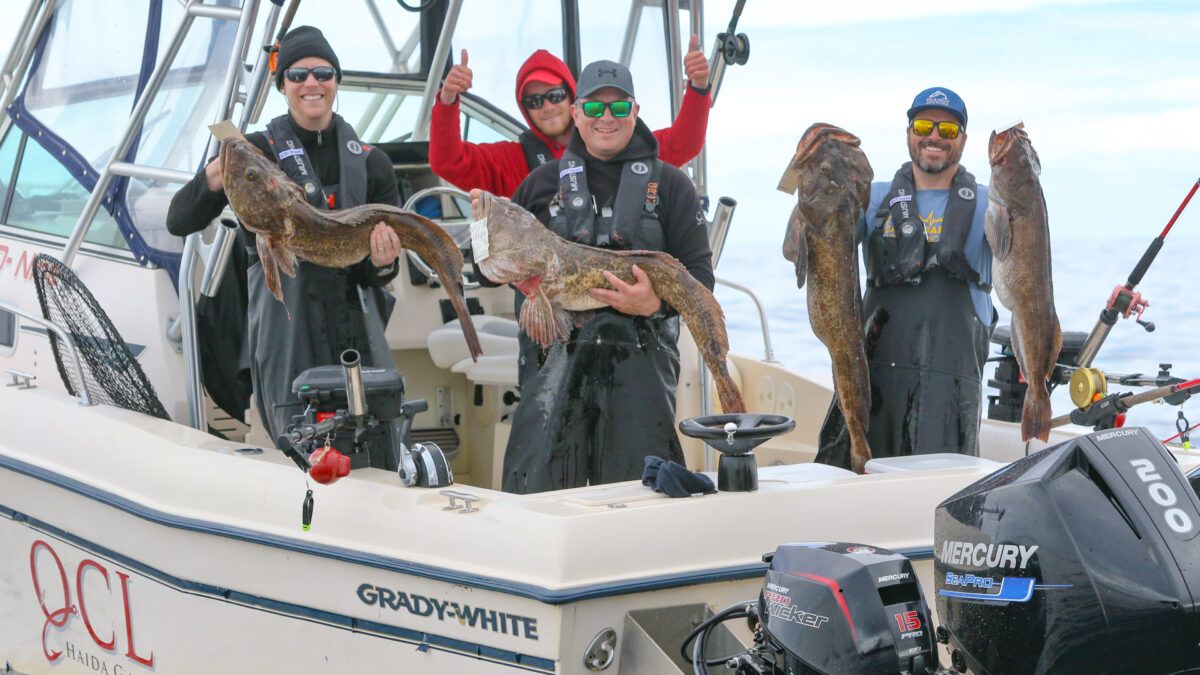Over the years we’ve welcomed many faces to QCL and while we are grateful for our returning guests, we are also grateful for those that are visiting for the first time. In honour of all of you, we’d like to reintroduce you to who we are and what magic lies behind the QCL Experience.
Tucked among the lush oasis of old growth forests and rich waters is a luxury fishing lodge – QCL, a private haven for our guests to escape and explore for more than 30 years. Welcoming guests since 1991, we have created a place where modern day adventurers can enjoy the northwest wilderness perfectly blended with the comforts of warm, attentive hospitality in understated luxury lodging.
After changing ownership 20+ years ago, QCL has grown with new standards of business operation that started the Lodge on our current path.
First and foremost, we are a fishing lodge that strives to provide our guests with the ultimate first class fishing experience. Designed to take full advantage of the unrivaled fishing opportunities available in Haida Gwaii, our fishing grounds offer vast populations of bait fish for productive fishing anytime throughout our season. Our fishing grounds are among the world’s premier fisheries for salmon and halibut, with other species available.
Our guests range from fishing novices to seasoned veterans, and we offer a full range of services to meet these needs. Our boat fleet is specifically designed for performance and safety, allowing our guests to choose to fish on their own, self-guided, or benefit from the assistance of a professional guide, guided. Our fishing program is designed to offer even more flexibility with variable start times for guests who are eager to hit the water at dawn, or for those who prefer a slower start to their day.

The QCL Experience does not end once our guests return to the dock – with an elevated standard of hospitality across property, our accommodations, dining services and amenities are among the cornerstones of QCL’s luxury.
Upon booking, guests have the choice of accommodation (based on availability); each room and/or venue offering something for everyone. For those looking for the finest in what QCL has to offer, our private houses are the perfect off the water experience, with a private hot tub, chef, and hostess the QCL experience is tailor-made for you. And for those looking for constant adventure, we have limited spots available on our MV Driftwood.
Guests immediately feel at home in the comforts of the stunning Main Lodge, made from lodgepole pine, as it is the centerpiece of QCL. Upon returning from the water, guests find their way to the Lodge to sip a craft cocktail by the crackling fire in the great stone hearth, take in the setting sun views from the hot tub or sauna, or share stories around the harbourside firepit.
Serving as the hub of our Food and Beverage programs, the Dining Room is located on the second floor of the Main Lodge. Guests looking for an espresso and fresh baked pastry, an afternoon bite or 3 course meal and extensive wine selection, this is where you’ll find it. Our menus emphasize the local seafood, nod to a classic steakhouse, and honour the flavours of the West Coast. Alongside the Dining Room, our guests often find themselves recharging in the Angler’s Club Lounge. Located on the first floor of the Main Lodge, this is home to our wine cellar, main bar, and pool table.
For those in search of a lively location to start or end the day, we have the Bell Ringer – a simple concept that is often imitated but never replicated. Located on the dock, this is the spot to grab a coffee before heading out on the water, and sharing stories of the days catch while you wait for it to get weighed.
Not to be confused with the MV Driftwood, our on the water dining experience for all guests. For those looking for break to their fishing day the DW offers a lively lunch location with tales of the morning and views of the rugged landscape.

Over the years, QCL has learned what best inspires the dining experiences that create irreplaceable memories and from this inspiration we have created two quintessential dining experiences – he Bell Ringer, and the Buoy dinner. Available for a fee, they create a semiprivate dining experience that cannot be rivaled in our remote wilderness.
We understand that the definition of adventure and luxury varies from person to person, and we strive to provide each of our guests with a personalized experience. You can anticipate this personalized experience from the moment you book your trip, to arriving at the lodge, whether they are on the water or in the dining room. Among other amenities such as our spa, fitness center, hot tubs and saunas – the staff is truly the hallmark of your trip. The QCL Crew is always present to ensure your visit to QCL is truly an unforgettable memory.
It is worth noting that while we do our best to share the QCL Experience with you here, there is nothing similar to the feeling you get from stepping off the helicopter after a scenic ride across Haida Gwaii.
Thank you for booking your first class fishing experience with us, we cannot wait to welcome you!


